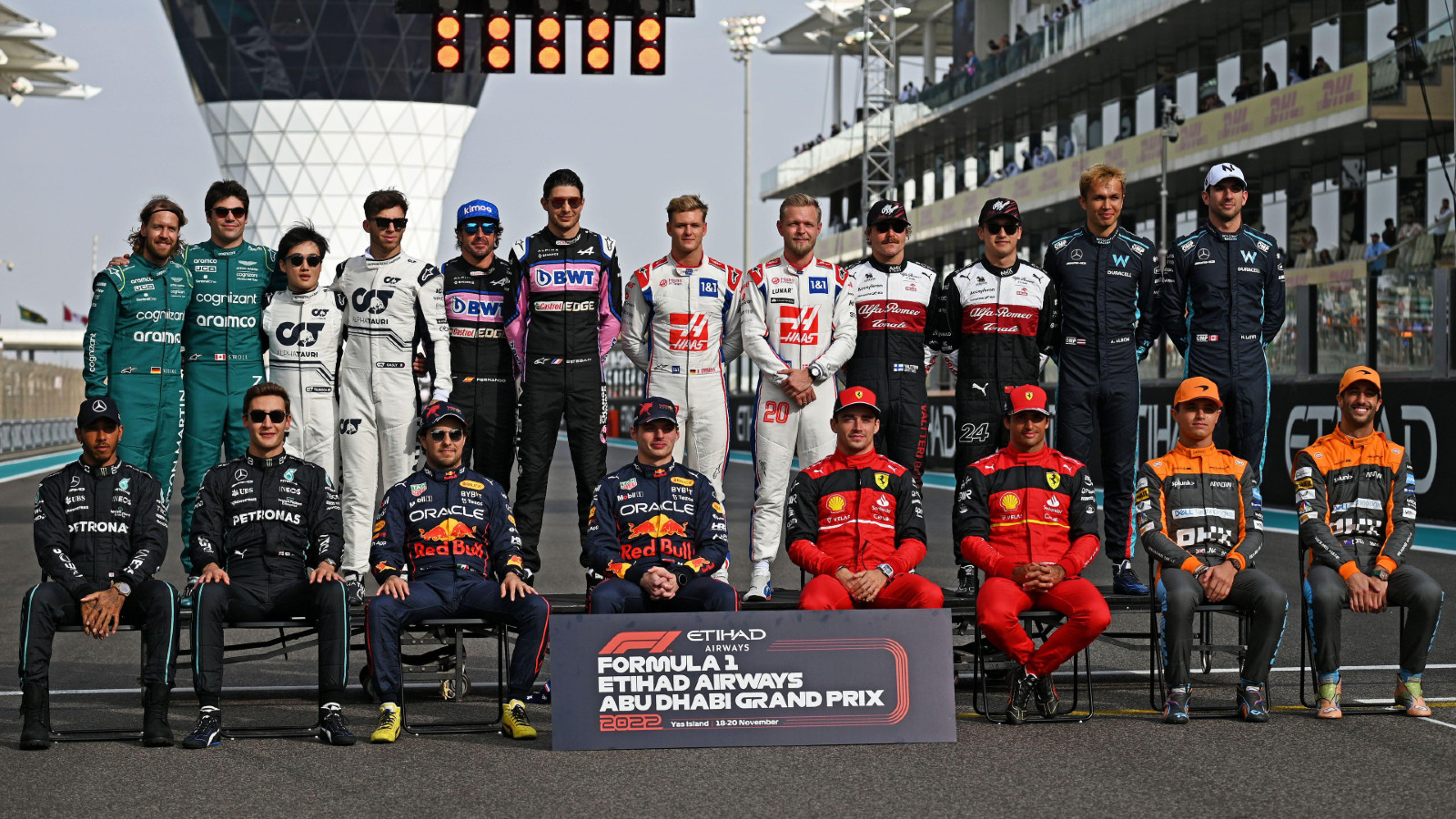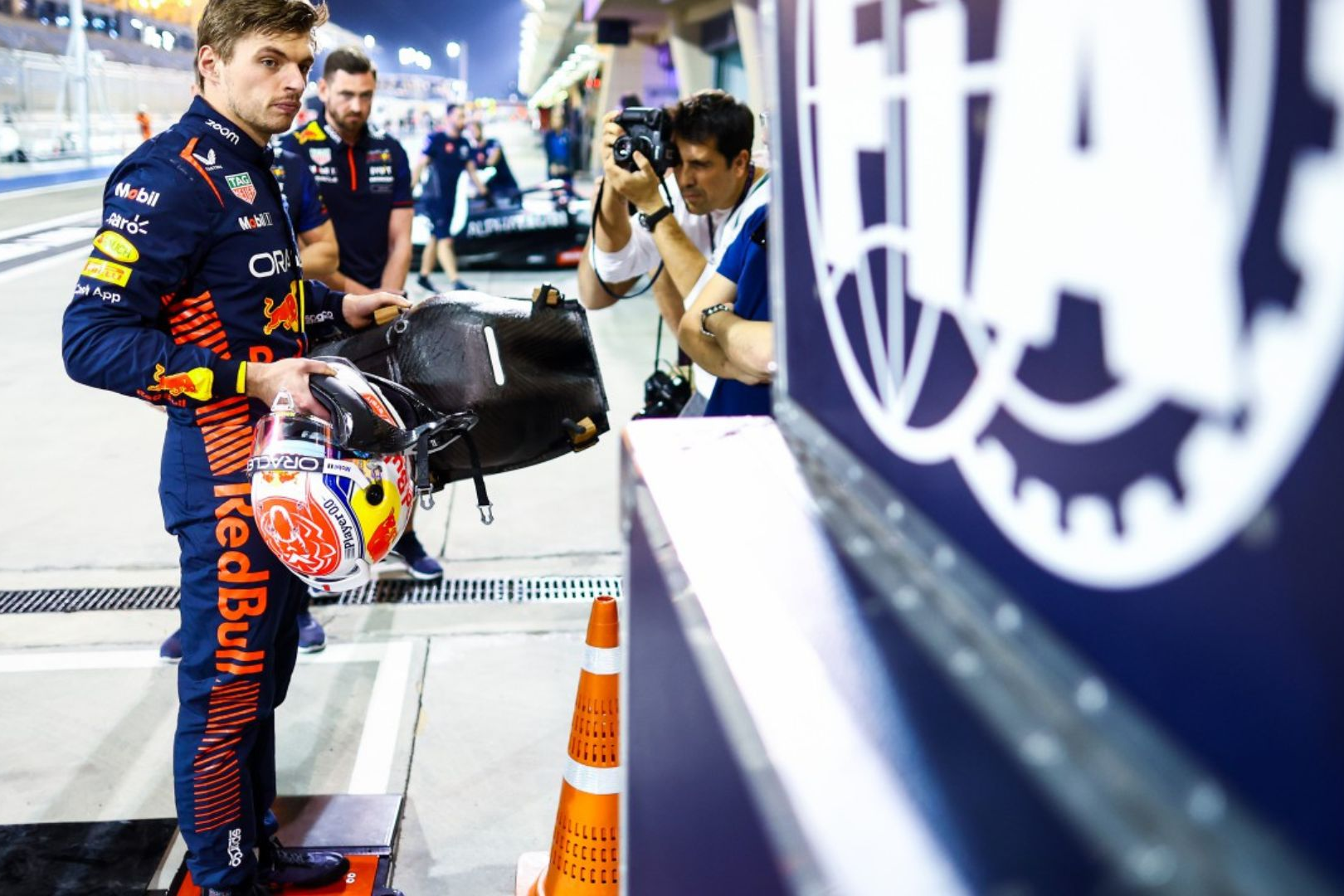Scrutineering is a pivotal aspect of any Formula One Grand Prix, serving as the technical inspection of cars to ensure their compliance with regulations throughout a race weekend. It is a meticulous process overseen by the FIA to maintain the integrity of competition.
But how does scrutineering unfold, and what criteria do race officials consider when evaluating compliance with regulations?
The scrutineering process in Formula One comprises three main stages: pre-event, in-race, and post-race inspections.
Pre-event scrutineering begins with teams submitting a declaration form provided by the FIA no later than two hours before the start of the first practice session. This form confirms each car’s compliance with regulations, laying the groundwork for subsequent checks.
Random inspections are then conducted by the FIA to verify the accuracy of the submitted information. This system, implemented in 2019, replaces the previous practice of cars queuing in the pit lane for scrutineering, streamlining the process for efficiency.
However, instances of oversight still occur despite the revised system. In one such incident at the 2022 Singapore Grand Prix, Mercedes received a fine for inaccuracies in Lewis Hamilton’s pre-event declaration form, underscoring the importance of thoroughness in the submission process.

In-race scrutineering is equally critical, providing race officials with the first opportunity to assess the legality of cars during track activities.
Officials stationed within each garage monitor the vehicles closely, scrutinizing various aspects such as tire conformity and on-track operations. This stage ensures that cars comply with regulations while on the track.
The introduction of laser scans in 2022 further enhanced in-race scrutineering, facilitating additional random checks to uphold compliance with regulations amidst significant technical changes in Formula One.
Despite the reliance on electronic scans, physical tests remain essential to verify components’ legality, including wing and floor flexing.
Moreover, teams are subject to random weighbridge checks during practice or qualifying sessions, evaluating weight distribution and component integrity. Failure to comply with weighbridge procedures incurs penalties as outlined in the sporting regulations, emphasizing the seriousness of adherence to scrutineering protocols.
Post-race scrutineering, conducted in Parc Ferme, ensures compliance with minimum weight requirements for both drivers and cars. This stage remains consistent over the years, although only a fraction of cars undergo scrutiny due to time constraints.
While scrutineering serves as a safeguard against rule violations, its random selection of inspected components fosters uncertainty among teams, deterring attempts to circumvent regulations. Thus, scrutineering remains a cornerstone of fair play and integrity in Formula One racing.
Also read: How Red Bull’s Innovative F1 Cooling Strategy Enhanced Its Jeddah Top Speed

